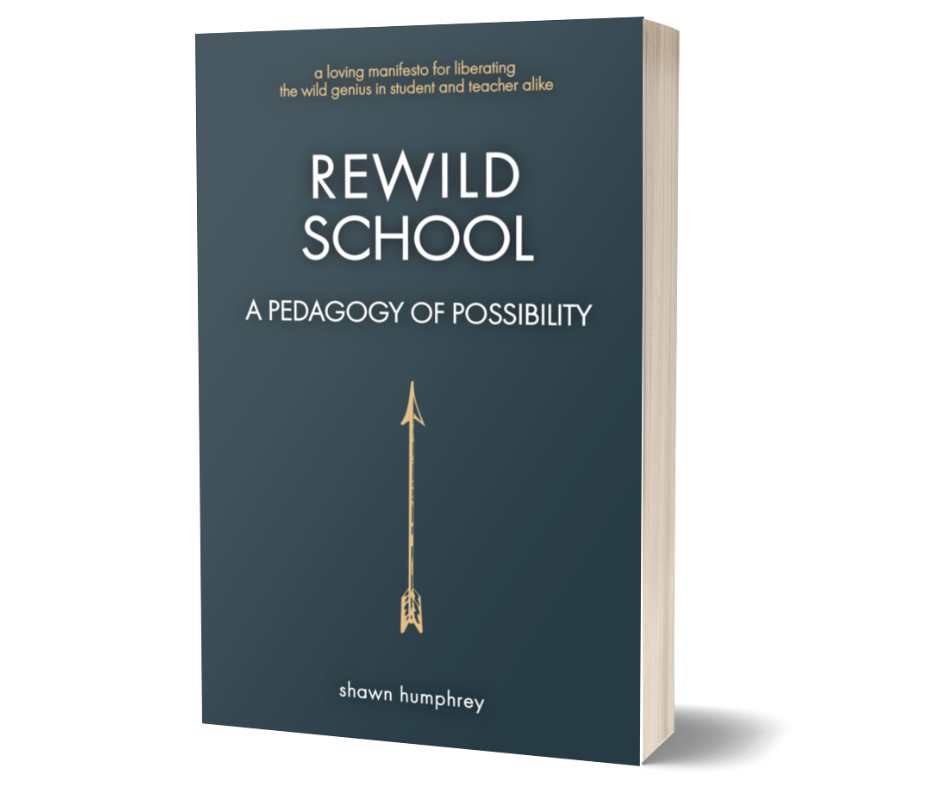Football is “The Look”
I’m fifty-one and standing in the hallway of my high school.
Well, I am but I’m not.
My high school was torn down and rebuilt.
In its place stands a new building with the same name, but in a different location.
With the new building came a new football field and program. It also came with a change in one of our school colors. The gold was kept, but the brown I wore was replaced with black. With this shift, a break occurred—the thread of tradition connecting the past and present was severed.
Or was it?
Here they come, the football players I am here to meet.
It’s Friday night, game night, and I’m here to give the pre-game speech.
In full pads and helmets, they roll past like a furious freight train.
That’s when I see it—the look in their eyes.
I recognize it instantly.
It revs me up, quickens my pulse, and locks me in.
Oh, I miss that look.
It is the same look that my boys and I had.
I can only speak for myself—not for my old teammates or the players I’m about to meet. But here’s how I interpret “the look” we had, the essence of which I still carry.
It was “the look” of those who lived in the borderlands.
Not just geographically, but socially.
Growing up in the southwestern corner of Ohio, literally on the edge of the state, Cincinnati held the center with its towering buildings, stadiums, and culture.
Even though the Indiana border was just a line on a map, one we crossed regularly, we cheered for the Bengals, not the Colts.
Even though we looked over the muddy waters of the Ohio into Kentucky daily, we rooted for the Buckeyes, not the Wildcats.
We were Ohioans.
We were Cincinnatians.
Our gaze was fixed to the east, always to the east, toward the Queen City.
These boundaries—real and imagined—shaped our identity, as those within the city’s embrace didn’t always welcome us. Just a half-hour drive away, we were sometimes made to feel like we had just arrived from the hinterlands.
As middle schoolers, that look began to form on yellow bus rides down Route 50, along the river, as we pulled up to Music Hall, and other grand buildings with gothic architecture in downtown Cincinnati. Our eyes widened in awe as we stood alongside kids from across the metropolitan area. But that’s when I heard it—the finger-pointing slur of “river rats.”
That look hardened on Saturday nights when we went to parties outside of our stomping grounds. Maybe the east side—the wealthy side—of Cincinnati. We’d roll up in Randy’s somewhat rusty 60-something Mustang, Shane’s mom’s Oldsmobile station wagon, or someone’s farm truck. Wearing jeans, t-shirts, and the occasional camo jacket, we’d stride into the mix of designer-clad bodies, plastic cups in hand, with more than a bit of swagger. And that’s when I heard it—whispered dismissively: “Those kids are from Taylor.”
Moments like those sharpened “the look,” the one we carried with us out into the world. It was partly a defense mechanism, a silent warning to those who dare meet our gaze: Don’t mess with us.
The feeling of being judged and on the outside looking in—something we were innocent of as kids but later contributed to ourselves—put a chip on our shoulder the size of a boulder.
It made us hungry to prove ourselves.
And, on Friday nights, that hunger inflamed “the look” we gave those opposing us. It was the look of being on the edge, the look that said “we’re one broken chain link away from becoming uncivilized.”
We looked like and played the game like our lives depended on it.
When I began coaching football at Freeman High School, I found myself searching for that same look in the eyes of my players. A few had it; most didn’t. The boys I coach have a look of composed confidence, one born of their focus and preparation. They approach the play of the game as a matter of business, not survival.
It made me wonder: Is that look—the one my boys and I had—necessary for success?
My current players win plenty of games without that edge in their eyes.
For us, the look may not have guaranteed victory, but it defined how we played the game: no matter how undersized or outmatched we were, we never backed down.
When punched in the mouth, we hit back.
It was about honoring the dawg—the “river rat”—in us.
In that hallway, as I watched the current Taylor players walk past, I saw the same look. The look we give to others when they’re in our territory but not of us.
It’s the same look I get when I return home and step into familiar places like the Frogtown Tavern or Skyline Chili. People can tell I’m no longer one of them. I’ve been away too long. I see it in their eyes—the same look the Taylor players gave me as they passed.
The look that bluntly asks: Who is this guy? What does he have to say?
Maybe the thread between past and present wasn’t severed.
+++
This post is part of my latest book project titled: “Football is _______”
Every two weeks, I’ll fill in the above blank with a word or phrase and tell a story. I’ll do that for 52 weeks and then compile the posts into a book of essays.
I’d love for you to join me on this journey and share your thoughts or stories along the way. If you enjoyed this post, please consider sharing it with others who might appreciate it as well.
Stay tuned for future updates on instagram (@blucollarprof).
Read previous posts in this series.
Thanks for reading! – shawn

